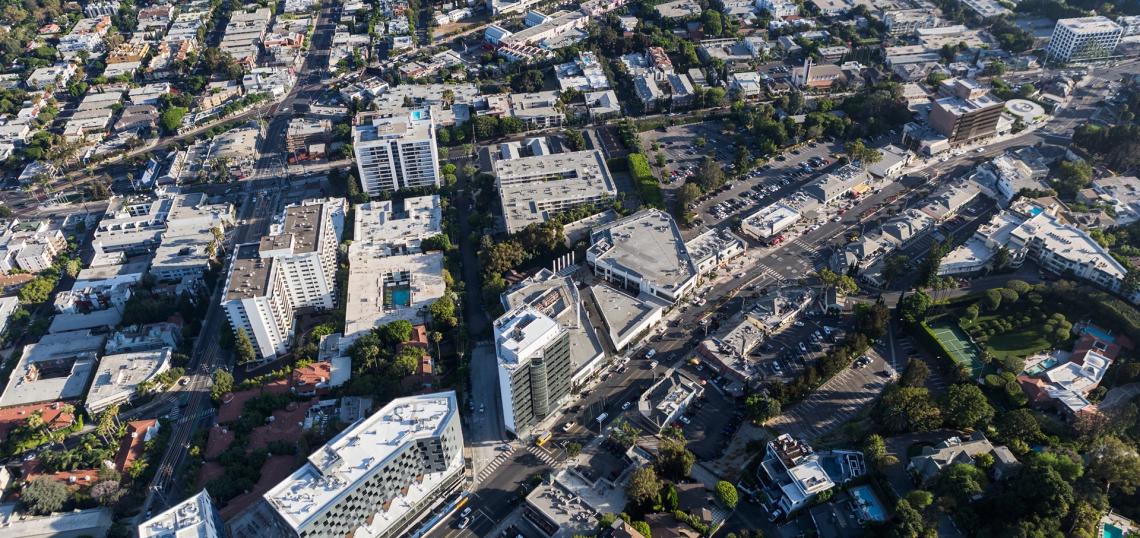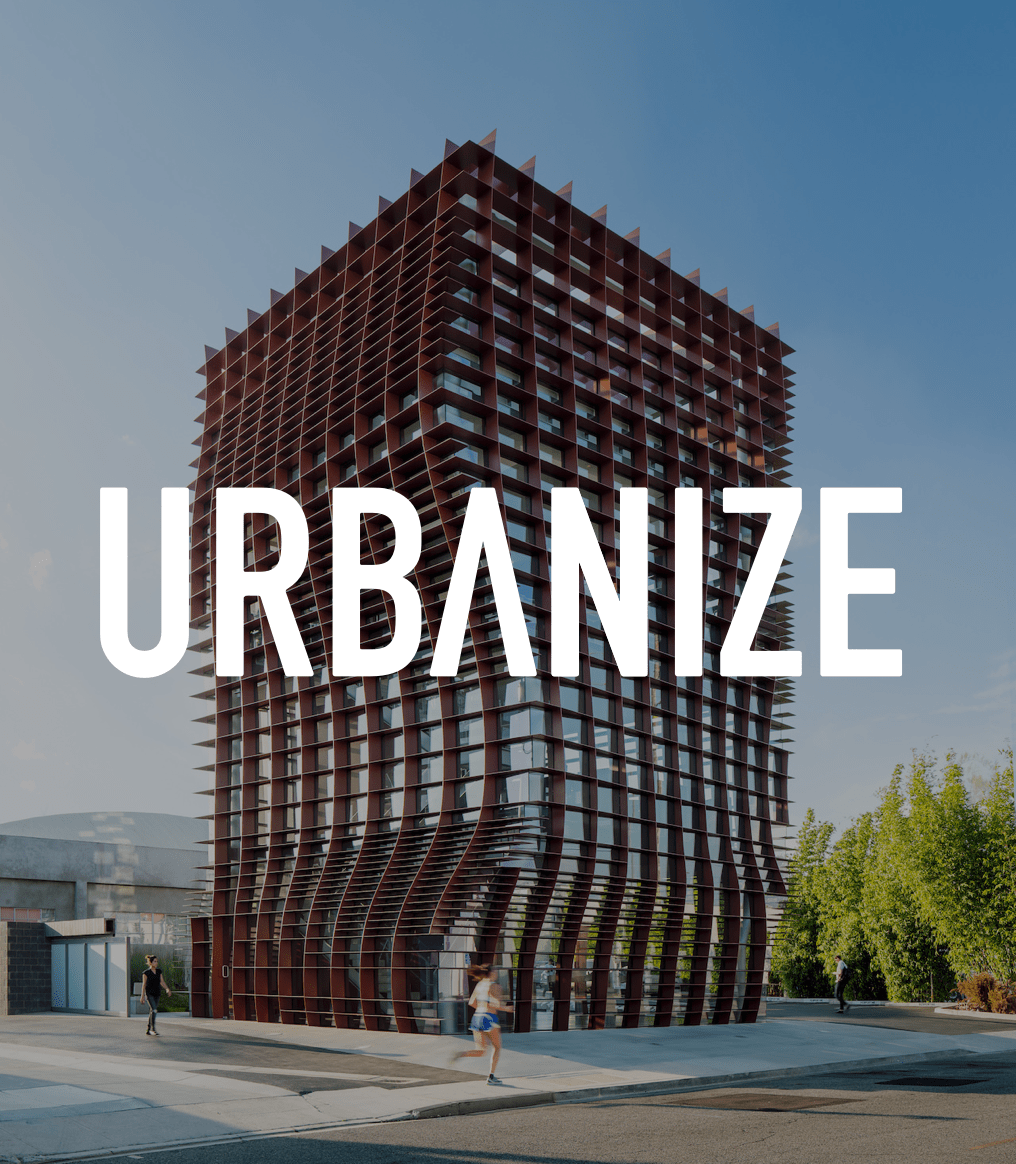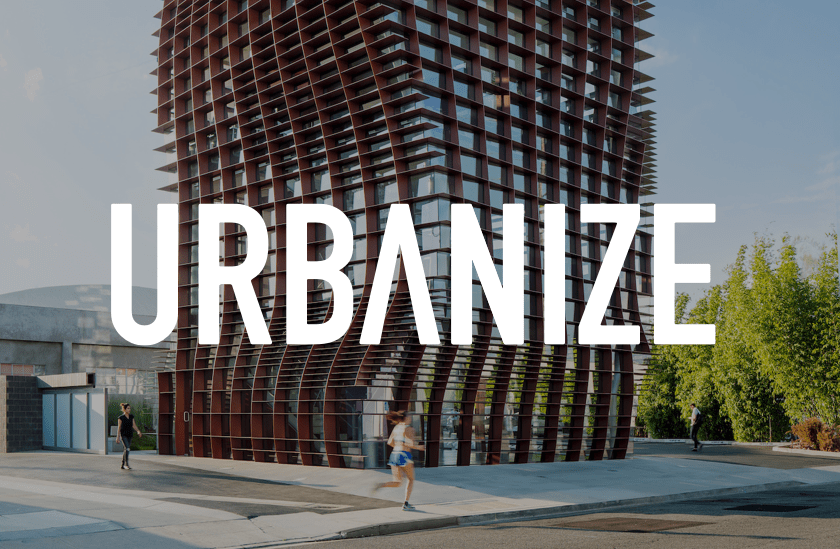On Monday night, the West Hollywood City Council will consider major changes to its Inclusionary Housing Ordinance, one of the city’s most significant housing policy debates in years. The proposed update keeps the overall inclusionary requirement at 20 percent for larger developments but changes the mix of affordable units. Under the new approach, projects would have to provide 5 percent extremely low-income, 10 percent very low-income, and 5 percent low-income units.
That may sound like a small technical change, but it carries major economic weight. Shifting the mix toward deeper affordability makes projects much harder to finance. The lower the target incomes, the lower the rents, and the greater the private subsidy that builders must absorb. In practice, the city would be asking developers to deliver more deeply affordable units without adding new incentives or public funds to offset the cost.
According to the staff report prepared for the meeting, the city’s consultant, The Housing Workshop, based its feasibility analysis on projects approved between 2019 and May 2024. That period captured extraordinary conditions: pandemic-era rent spikes, eviction moratoria, federal stimulus payments, and unusually high household savings. Those were not normal years, and inclusionary zoning looks far more workable under those circumstances than it does today.
Current conditions tell a different story. Vacancy rates have normalized, rent growth has slowed, and the cost of financing new construction remains high. Outside of health care, social services, and government, Los Angeles County has seen virtually no job growth in recent years, and in many industries, employment has actually fallen. The entertainment industry, long a major source of local jobs, continues to lose filming days and production spending to other states and even abroad. The result is a softer regional market with less appetite for new housing investment.
Research from the Terner Center for Housing Innovation at UC Berkeley helps put this in perspective. In modeling led by Shane Phillips, the Center found that inclusionary zoning delivers diminishing returns beyond about a 16 percent set-aside. Each additional affordable unit beyond that point comes at the cost of multiple market-rate units that never get built. Even though West Hollywood’s proposal keeps the same nominal 20 percent requirement, its deeper affordability mix could have a similar effect by increasing costs while reducing total production.
The city’s own staff acknowledge in the report that the Inclusionary Housing Ordinance must “ensure affordable housing is being produced without creating financially burdensome requirements that halt new housing production.” Yet the recommended Option D framework, which fixes the affordability mix and ties it to the State Density Bonus Law, stretches that balance. Commissioners reviewing the proposal last month questioned whether the study’s construction-cost assumptions might have overstated feasibility and noted that higher rent ceilings under state schedules could make new inclusionary units too expensive for many residents on the city’s waitlist.
At Hilgard Economics, our recent work analyzing residential permitting trends in the neighboring City of Los Angeles shows how fragile the regional market already is. While permitting picked up slightly this summer, overall activity remains well below pre-pandemic levels. Developers are struggling to make projects financially viable. Adding a stricter affordability mix, even with the same total percentage, risks freezing projects before they break ground, which is the opposite of what the Housing Element intends.
SB 79 and the northern K Line extension will already compel West Hollywood to upzone around future stations. Rather than tightening local mandates at the same time, the city should align its inclusionary policy with those state-driven changes to ensure new zoning capacity actually translates into real units on the ground. A more pragmatic approach would keep the 20 percent inclusionary requirement but restore flexibility across income bands and pair it with public-sector tools such as deeper subsidies, streamlined approvals, and greater by-right density near transit. That combination would expand affordability without undermining feasibility, though even those public supports are increasingly uncertain as federal housing programs face cuts to key HUD funding streams.
Inclusionary housing has long been one of West Hollywood’s proudest policy achievements, and it should remain central to the city’s housing strategy. But policies must fit the moment. When requirements outpace the underlying economics of construction, the result is fewer total homes and higher overall rents.
West Hollywood can stay true to its progressive housing values while keeping production viable. That balance, not a symbolic tightening of already ambitious rules, is what will ensure the city remains an inclusive place to live for years to come.
Joshua Baum is the Founding Principal of Hilgard Economics, an equity-centered housing and economic research firm based in West Hollywood.






